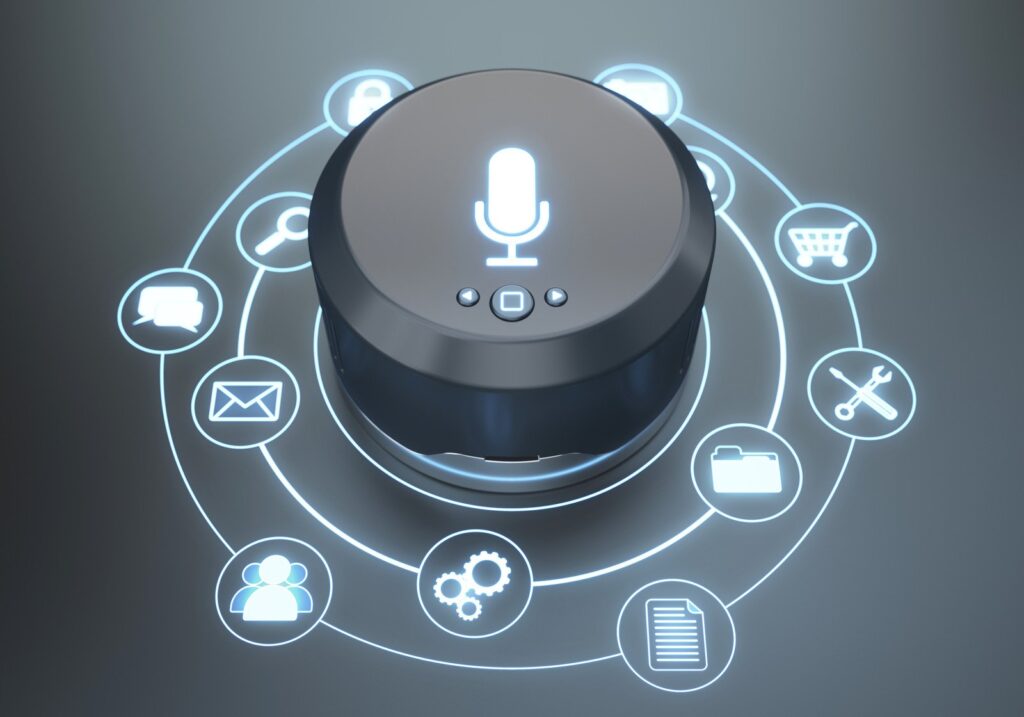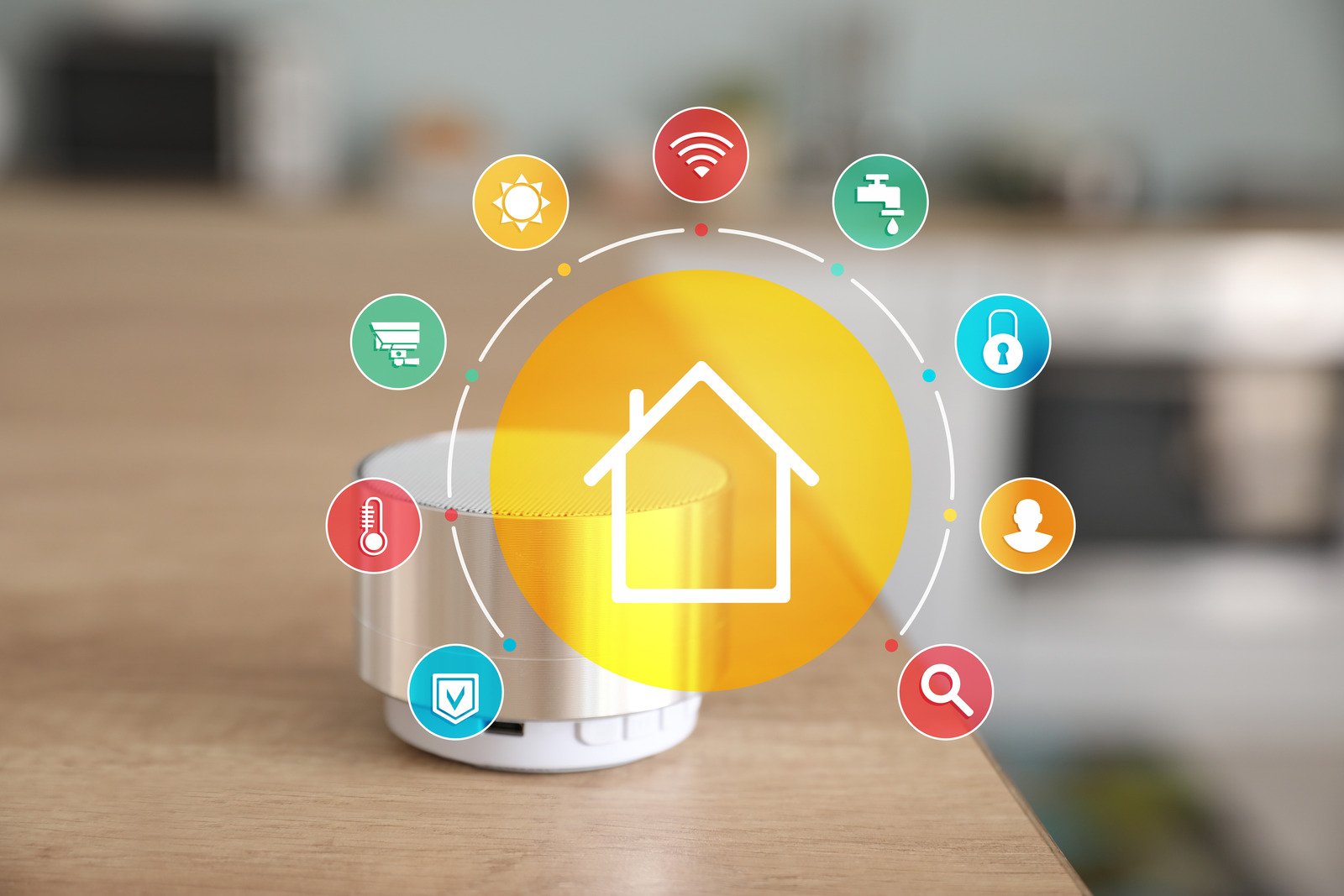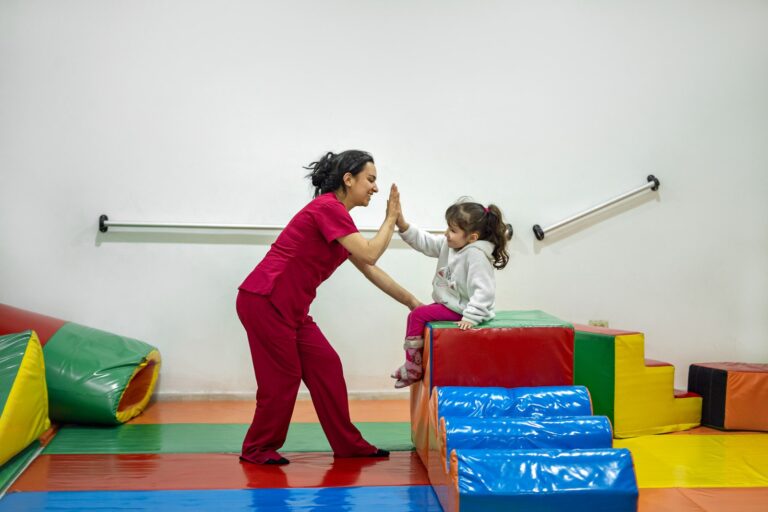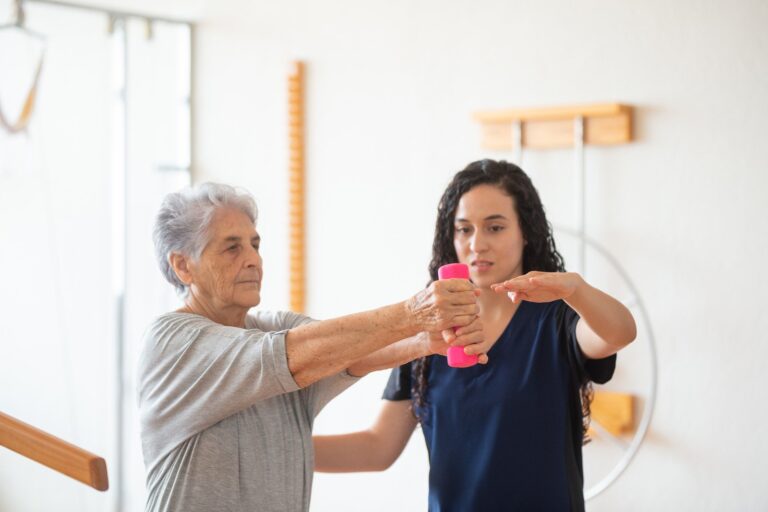In today’s world, assistive devices are transforming lives, offering solutions to physical, sensory, and cognitive challenges. These tools not only enable independence but also empower individuals to live with dignity and confidence. From mobility aids to advanced communication technologies, the range of devices available continues to expand, meeting diverse needs effectively.

Understanding Assistive Devices
What Are Assistive Devices?
Assistive devices are tools, equipment, or products designed to help individuals with disabilities or age-related limitations perform tasks they might otherwise find challenging.
Who Can Benefit from Them?
- Individuals with mobility impairments
- People with sensory deficits like hearing or vision loss
- Those with cognitive or communication challenges
Top Recommendations for Assistive Devices
Mobility Aids
Mobility aids provide support and enhance movement for individuals with physical limitations.
- Wheelchairs:
- Types: Manual, electric-powered
- Benefits: Increased independence, ease of travel
- Walkers and Rollators:
- Features: Lightweight, foldable, adjustable height
- Ideal for: Elderly individuals or those recovering from surgeries
- Canes and Crutches:
- Uses: Stability for walking
- Variety: Quad canes for additional support, forearm crutches for long-term use
Communication Tools
These devices assist individuals with speech or hearing impairments.
- Hearing Aids:
- Types: Behind-the-ear (BTE), in-the-ear (ITE), completely-in-canal (CIC)
- Benefits: Amplified sound, noise reduction
- Speech-Generating Devices (SGDs):
- Uses: Converts text or symbols into speech
- Ideal for: Individuals with conditions like ALS or cerebral palsy
- Augmentative and Alternative Communication (AAC) Apps:
- Features: Text-to-speech conversion, symbol-based communication
- Popular Apps: Proloquo2Go, Avaz AAC
Vision Aids
Vision aids enable individuals with low vision or blindness to navigate the world more effectively.
- Magnifiers:
- Types: Handheld, electronic
- Benefits: Enlarges text for easier reading
- Screen Readers:
- Features: Converts text on screens into audio
- Examples: JAWS, NVDA
- Braille Displays:
- Uses: Converts digital text into braille
- Ideal for: Accessing digital content
Adaptive Technologies for Daily Living
These tools simplify daily tasks, making them accessible for individuals with disabilities.
- Smart Home Devices:
- Examples: Voice-activated lights, smart thermostats
- Benefits: Increased convenience and accessibility
- Adapted Eating Utensils:
- Features: Weighted handles, adjustable grips
- Ideal for: Individuals with arthritis or tremors
- Reachers and Grabbers:
- Uses: Picking up objects without bending
- Suitable for: People with limited mobility or back pain
The Impact of Assistive Devices
Enhanced Independence
Assistive devices empower individuals to complete tasks independently, boosting their confidence and self-reliance.
Improved Quality of Life
These tools alleviate stress, increase comfort, and enable users to participate in activities they love.
Fostering Social Inclusion
By addressing barriers, assistive devices help individuals engage more actively in social and professional environments.
How to Choose the Right Device
Assessing Individual Needs
Collaborate with therapists or specialists to identify the most suitable device based on physical, sensory, or cognitive requirements.
Evaluating Features and Compatibility
Consider factors such as ease of use, portability, and adaptability to specific needs.
Budget and Funding Options
Explore funding programs like NDIS to make assistive devices more accessible.
Success Stories: Lives Changed Through Technology
John’s Journey to Mobility
John, a 65-year-old with mobility challenges, regained his freedom with an electric wheelchair, allowing him to travel independently.
Sophia’s Communication Breakthrough
Sophia, a non-verbal child with autism, found her voice through an AAC app, fostering better connections with her family and teachers.
Challenges in Implementing Assistive Devices
Cost and Accessibility
High costs and limited access can hinder the adoption of assistive technologies.
Learning Curve
Some devices require training, which can delay effective use.
Stigma and Misconceptions
Educating communities about the benefits of assistive devices can reduce stigma and promote acceptance.
Advancements in Assistive Technology: The Future of Accessibility
The rapid growth of technology is driving innovation in the field of assistive devices, offering more advanced and tailored solutions to meet diverse needs.
Wearable Technology for Assistance
Modern wearable devices are revolutionizing how individuals manage their disabilities. Examples include smart glasses for visually impaired individuals and wearable sensors that track mobility and health.
- Smart Glasses:
- Features: Object recognition, text-to-speech, real-time navigation
- Benefits: Increased independence for individuals with visual impairments
- Health Monitoring Wearables:
- Devices like smartwatches with health trackers provide real-time updates on vital signs.
- Ideal for: Monitoring chronic conditions or assisting elderly individuals
AI-Powered Assistive Devices
Artificial intelligence (AI) is playing a significant role in creating intuitive devices that learn and adapt to individual user needs.
- AI-Powered Wheelchairs:
- Features: Voice control, obstacle detection, and navigation assistance
- Benefits: Enhanced mobility in challenging environments
- Virtual Assistants for Accessibility:
- Examples: Alexa, Google Assistant with accessibility-focused integrations
- Uses: Managing daily tasks, setting reminders, or controlling smart home devices
Assistive Devices in Education
For students with disabilities, assistive devices bridge gaps in learning, ensuring equitable access to education.
Tools for Inclusive Classrooms
- Interactive Whiteboards:
- Features: Enable collaborative learning with adaptive features for special needs students
- Benefits: Inclusion in group activities
- Digital Learning Platforms:
- Features: Adaptive learning paths based on student progress
- Examples: Khan Academy with accessible tools
Breaking Barriers to Knowledge
Assistive devices like text-to-speech programs, braille e-readers, and speech-to-text software empower students to excel academically by addressing their unique challenges.

Assistive Devices for Employment
In the workplace, assistive devices play a pivotal role in enabling individuals with disabilities to thrive professionally.
Workplace Adaptations
- Ergonomic Chairs and Desks:
- Designed for comfort and posture correction, aiding individuals with physical limitations
- Screen Magnifiers and Readers:
- Essential for visually impaired professionals to navigate software and digital platforms
Remote Work Accessibility
- Communication Aids:
- Video conferencing tools with live captioning and transcription
- Benefits: Improves communication for hearing-impaired employees
- Task Management Tools:
- Examples: Trello, Asana with accessible design features
- Uses: Helps individuals with cognitive challenges stay organized
Government and Community Support for Assistive Devices
Governments and community organizations worldwide are recognizing the importance of assistive devices in improving lives.
Subsidies and Grants
- Programs like the NDIS in Australia offer funding for assistive technologies, ensuring affordability and accessibility.
Awareness Campaigns
- Community-driven initiatives spread awareness about the availability and benefits of assistive devices, encouraging adoption.
The Role of Occupational Therapy in Device Integration
Occupational therapists play an essential role in ensuring the effective use of assistive devices.
Training and Customization
Therapists provide guidance on using devices efficiently and adapt them to specific needs.
Long-Term Support
Regular follow-ups and adjustments by occupational therapists ensure that the devices continue to meet the evolving needs of the user.
Promoting Inclusive Communities Through Technology
Assistive devices are not just tools for personal empowerment—they are catalysts for creating inclusive communities. By fostering accessibility and reducing barriers, these devices encourage social participation and reduce isolation for individuals with disabilities.
Conclusion
The future of assistive devices is bright, with advancements promising greater accessibility, independence, and quality of life. These devices continue to empower individuals in education, the workplace, and daily living. By embracing these tools, society can work toward a more inclusive future where everyone, regardless of ability, has the opportunity to thrive.







